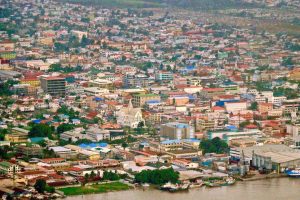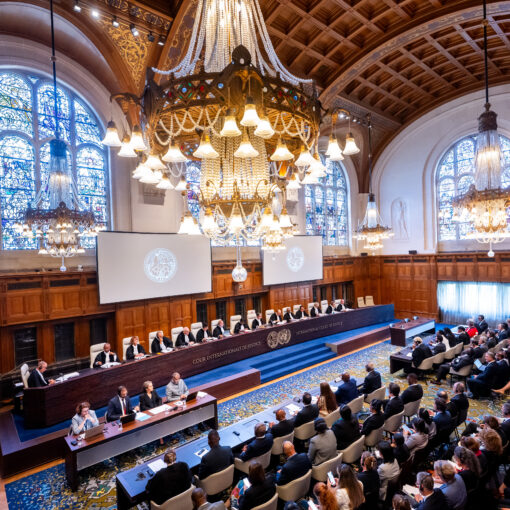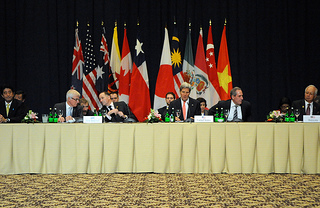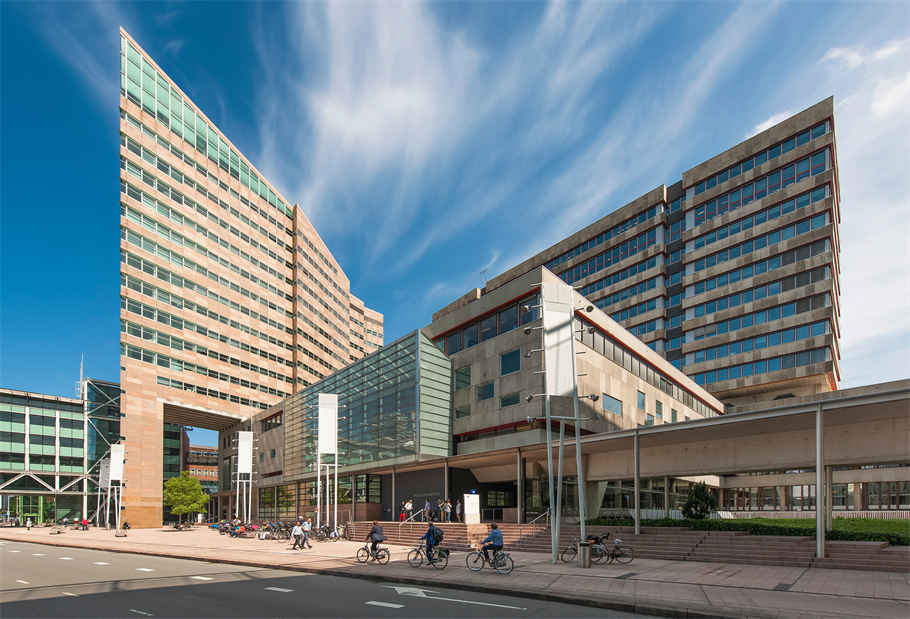
By Melinda Janki*
In a climate litigation win, the High Court of the Supreme Court of Guyana accepted a settlement between a scientist, the Environmental Protection Agency (EPA) of Guyana, and Esso (a subsidiary of ExxonMobil) to limit the company’s environmental permits to produce oil from more than 23 years to five years. Guyanese scientist Dr. Troy Thomas filed a case against the EPA in the Supreme Court, alleging that the 23-year permits EPA had issued to Esso Exploration and Production Guyana Ltd. (Esso) for oil exploration violated Regulation 19 of regulations made under the Environmental Protection Act that limited such permit lengths to five years. Dr Thomas raised no objection to Esso being added as an interested party. The parties reached the settlement after three preliminary hearings. As a result, Esso will be required to obtain a new environmental permit in order to continue its petroleum operations past June 1, 2022. The case marks the first time a litigant has relied on climate change and the Paris Agreement in support of a claim for a judicial remedy in Guyanese court.
On June 1, 2017, the EPA issued Esso the 23-year environmental permit to produce oil; the permit is dated the same day as Esso’s 1500-page Environmental Impact Statement. In December 2019, Esso announced that it had started to produce oil from the Liza I Field, about 120 miles off the coast of Guyana. The area is part of the Amazonian-Orinoco Influence Zone, which is home to the longest mud coastline on the planet and a biodiversity-rich habitat. The petroleum is approximately 2 miles below the seabed, where it is under immense pressure and drilling is dangerous. A well blowout could be catastrophic. ExxonMobil has announced discoveries of over 8 billion barrels of oil in the region, and continues to search for more. Currently, the Guyana-Suriname basin is estimated to have 13 billion barrels of oil reserves and 32 trillion cubic feet of natural gas. Guyana is a carbon sink that will be transformed into a carbon bomb unless oil operations are halted.
Dr. Thomas challenged the permit length in the Supreme Court on climate grounds. In an affidavit attached to the filing, he wrote, “As a public spirited citizen of Guyana and with keen sense and knowledge of the dangers of global warming, I am gravely concerned about the catastrophic consequences of that global warming which affects the entire world, not just Guyana, its environment and the Caribbean region.” He went on to say that the breach of the regulations exposed Guyana and the rest of the world to, “serious, if not irreparable harm, and adverse consequences from climate change…[and] that this dangerous anthropogenic global warming is causing dangerous climate change as evidenced by extremes of heat and cold, more intense and dangerous storms, massive floods and extended droughts.” Dr. Thomas also cited the Paris Agreement and the obligation to reduce global emissions in order to keep global warming to 1.5°C or well below 2°C.
The EPA defended the original permit term, arguing it was consistent with the Petroleum Agreement between the Government and Esso and its partners. The EPA also indicated that it intended to amend Regulation 19 in order to have “more flexibility.” These assurances came despite the fact that Esso was flaring billions of cubic feet of natural gas instead of re-injecting it, as required by the permit and its Petroleum Agreement.
By the time of the filing on June 4, Esso had flared over 9 billion cubic feet of natural gas and had admitted that its faulty equipment was contributing to the high flaring volume. Esso’s flaring threatened both the global climate and the local environment.
The EPA argued in its defence that a five-year permit term was unreasonable given the lengthy and complicated process involved in oil exploration and production. Further, the EPA argued that other provisions in the Regulations allowed the EPA to exceed the five-year term. The EPA also objected to some, but not all, of Dr. Thomas’s references to climate change in the affidavit. In particular, Paragraph 24 stated that investment in oil is contrary to the Paris Agreement. Paragraph 26 cited an International Monetary Fund working paper which recommended that countries should diversify away from oil. However, the court did not strike out either paragraph.
On October 7, 2020, the Supreme Court accepted the parties’ settlement. In addition to reducing the Liza I permit to five years, the EPA also reduced a second permit, the Liza II permit, to five years from its original duration of twenty-four years. A third permit for the Payara field, issued while the case was proceeding, was also restricted to five years.
The case is both the first case in Guyana to raise climate as a central issue and is the first to successfully challenge oil related permits. Commenting on the ruling, Dr. Thomas stated, “The Guyanese people have loudly and repeatedly expressed their concern and anger at the danger that ExxonMobil’s oil production poses to Guyana’s environment and natural resources. I want people to know that we can and should take action to protect our national patrimony. We need to come together and safeguard the future for our children.”
*Melinda Janki represented Troy Thomas. Seenath Jairam SC and Pratesh Satram were part of the legal team. Melinda Janki is an international lawyer challenging oil production offshore Guyana. She was admitted to practice in England in 1988 and in Guyana as an attorney-at-law in 1994. She holds an LL.B (University College, London), BCL (Oxford) and LL.M (University College, London). Contact: mj@melindajanki.org




